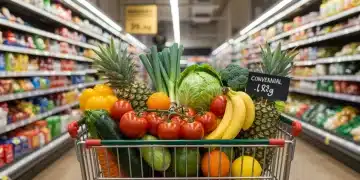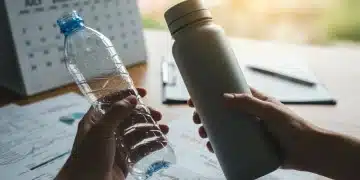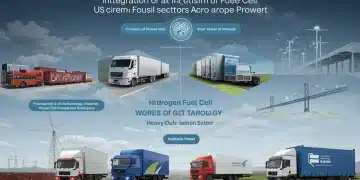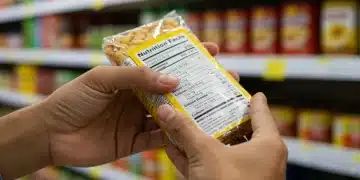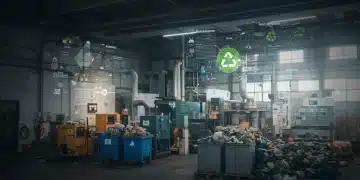Federal Grants Fuel Plastic-Free Innovation: 15 Projects Funded for 2025
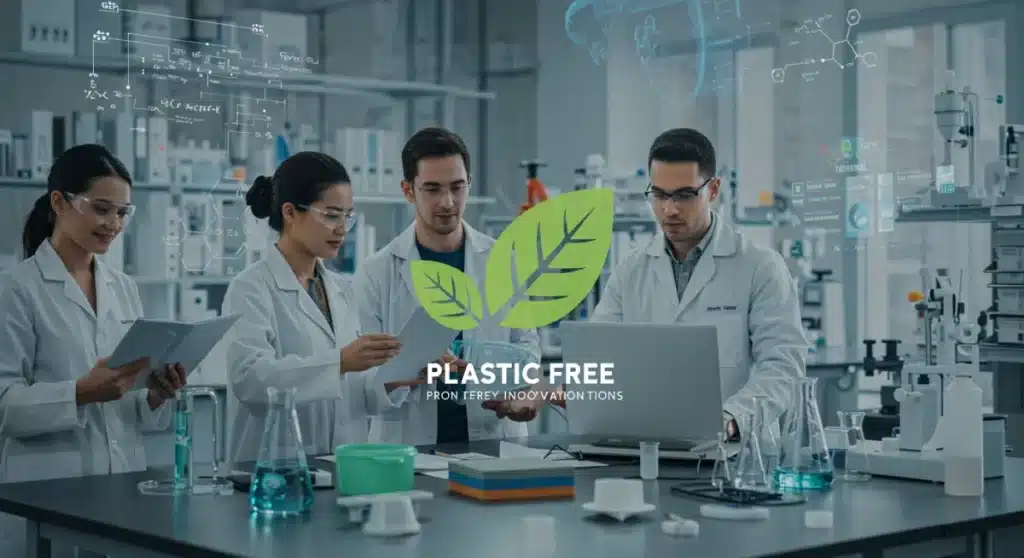
New federal grants are significantly boosting plastic-free innovation, with 15 projects slated for funding in 2025, aiming to accelerate the development and implementation of sustainable alternatives to conventional plastics.
Recent updates confirm a significant push towards environmental sustainability, with new federal grants now actively fueling plastic-free innovation. These crucial funds are set to finance 15 groundbreaking projects in 2025, marking a pivotal moment in the global effort to combat plastic pollution. This development promises to reshape industries and consumer choices, fostering a future where sustainable alternatives are not just possible, but prevalent.
Federal Grants Unleash New Era of Plastic-Free Innovation
The federal government has just announced a substantial allocation of funds, ushering in a new era for plastic-free innovation. These grants are specifically designed to accelerate research, development, and deployment of sustainable alternatives to traditional plastics, which continue to pose a significant threat to global ecosystems. The focus is on scalable solutions that can be integrated into various sectors, from packaging to textiles.
This strategic investment reflects a growing governmental commitment to environmental stewardship and a recognition of the urgent need to address plastic pollution. By targeting innovation at its core, these grants aim to foster a robust ecosystem of inventors, scientists, and entrepreneurs dedicated to solving one of the planet’s most pressing environmental challenges. The selection process was rigorous, prioritizing projects with high potential for impact and scalability.
Prioritizing High-Impact Projects
- Biodegradable Packaging: Development of materials that naturally decompose without leaving harmful residues.
- Alternative Polymers: Research into plant-based or other sustainable polymers that mimic plastic properties.
- Upcycling Technologies: Innovations that transform existing plastic waste into valuable new products.
- Consumer Education Initiatives: Programs aimed at increasing public awareness and adoption of plastic-free alternatives.
15 Projects Receive Critical Funding for 2025
A total of 15 pioneering projects across the nation have been selected to receive federal funding, with operations commencing in 2025. These projects represent a diverse range of approaches to plastic-free innovation, from advanced material science to novel manufacturing processes. The chosen initiatives are expected to generate significant advancements in their respective fields, contributing to a comprehensive strategy against plastic waste.
Each selected project underwent a rigorous review by panels of experts, ensuring that the allocated funds would support the most promising and impactful endeavors. The criteria for selection included scientific merit, potential for commercialization, environmental benefits, and the capability of the research teams. This careful vetting process underscores the government’s commitment to maximizing the return on investment for these critical environmental initiatives.
Spotlight on Key Innovation Areas
Among the funded projects, several areas stand out for their potential to revolutionize the plastic-free landscape. One project focuses on developing advanced biodegradable films for food packaging, addressing a major source of single-use plastic waste. Another is exploring the use of fungal mycelium to create durable, compostable materials for construction and product design, offering a truly circular economy solution.
Further, significant funding has been directed towards scaling up production of seaweed-based bioplastics, which offer a renewable and ocean-safe alternative. These projects are not only about replacing plastic but also about creating new industries and green jobs, driving economic growth alongside environmental protection.
The Broader Impact on Environmental Sustainability
The infusion of federal grants into plastic-free innovation extends far beyond the immediate projects; it signals a profound shift in national environmental policy and priorities. This initiative is anticipated to have a ripple effect, encouraging private sector investment and fostering a culture of sustainability across industries. The long-term goal is to significantly reduce the environmental footprint of plastic use.
By investing in these cutting-edge solutions, the government is laying the groundwork for a more sustainable future, where economic development and environmental protection are not mutually exclusive but mutually reinforcing. This move is also expected to enhance national competitiveness in green technologies, positioning the country as a leader in sustainable innovation on the global stage. The grants are a catalyst for systemic change.
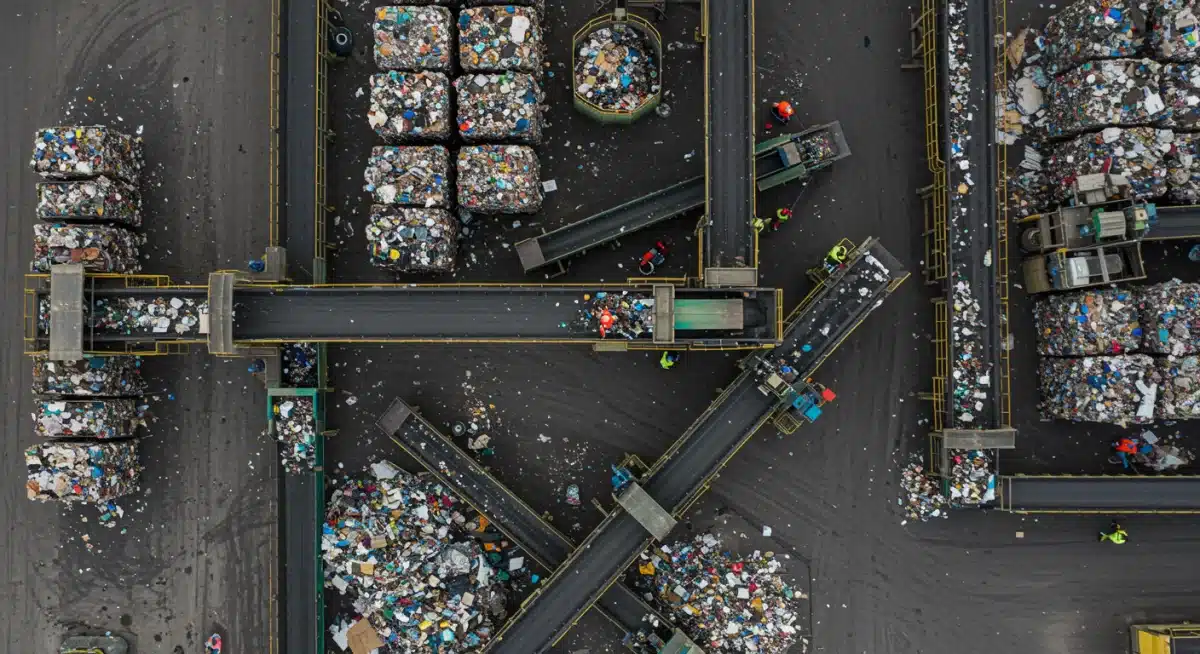
Anticipated Environmental Benefits
- Reduced Landfill Waste: Less plastic ending up in landfills, extending their lifespan and reducing pollution.
- Cleaner Oceans: Decreased plastic leakage into marine environments, protecting biodiversity.
- Lower Carbon Footprint: Development of materials with lower energy requirements for production and disposal.
- Enhanced Ecosystem Health: Restoration of natural habitats currently impacted by plastic pollution.
How These Grants Accelerate Plastic-Free Solutions
These federal grants serve as a vital accelerant for plastic-free solutions by providing the necessary capital for research, development, and scaling. Many innovative ideas fail to progress beyond the conceptual stage due to a lack of funding. These grants bridge that gap, enabling promising technologies to move from laboratories to commercial viability. This financial support is critical for overcoming the initial hurdles associated with developing new materials and processes.
Moreover, the grants foster collaboration among academic institutions, private companies, and government agencies. This interdisciplinary approach is essential for tackling complex challenges like plastic pollution, as it brings together diverse expertise and resources. The funding also supports the creation of pilot programs, allowing new solutions to be tested and refined in real-world scenarios before widespread implementation.
Key Accelerating Mechanisms
- Direct Financial Support: Funding for equipment, personnel, and operational costs.
- Risk Mitigation: Government backing reduces financial risk for private investors.
- Strategic Partnerships: Encouraging collaboration between diverse stakeholders.
- Market Access: Helping innovative products reach commercial markets more quickly.
Challenges and Opportunities for Funded Projects
While the federal grants present immense opportunities, the funded projects will also face significant challenges. Scaling up production of new materials, ensuring cost-effectiveness compared to traditional plastics, and gaining widespread consumer acceptance are just a few of the hurdles. However, these challenges also represent opportunities for further innovation and market disruption.
The opportunities lie in establishing new supply chains, creating entirely new markets for sustainable products, and driving consumer demand for environmentally friendly options. The federal support is designed to help projects navigate these complexities, providing not just financial aid but also strategic guidance and access to networks. This holistic approach aims to maximize the chances of success for each funded initiative, ensuring their long-term viability and impact.
Navigating the Path to Success
Projects must demonstrate adaptability and resilience, continuously refining their approaches based on feedback and market dynamics. The grants provide a foundation, but sustained success will depend on the ingenuity and determination of the teams involved. Collaboration with industry partners will be crucial for integrating new solutions into existing infrastructure and supply chains.
Furthermore, effective communication with the public will be vital for building trust and encouraging adoption of new plastic-free products. Educating consumers about the benefits and practicality of these alternatives will be a continuous effort, transforming habits and preferences over time. This cultural shift is as important as the technological advancements themselves.
Looking Ahead: The Future of Plastic-Free Initiatives
The funding of these 15 projects for 2025 marks a critical juncture for plastic-free initiatives. It sets a precedent for future governmental support and signals a long-term commitment to addressing plastic pollution. The success of these initial projects will undoubtedly influence subsequent funding rounds and policy decisions, potentially leading to even broader initiatives.
The expectation is that the innovations developed through these grants will not only reduce plastic waste but also inspire a new generation of scientists and entrepreneurs to pursue careers in sustainable technologies. This investment is not just in individual projects but in the future of environmental science and green industry. The trajectory is clear: a concerted, funded effort towards a plastic-free world is now firmly underway.
The federal government’s proactive stance is a powerful signal to the global community, encouraging international cooperation and shared responsibility in tackling plastic pollution. As these projects unfold, their progress and outcomes will be closely watched, offering valuable insights and lessons for environmental efforts worldwide. The journey towards a truly plastic-free future is complex, but with this renewed commitment, it is more achievable than ever.
| Key Point | Brief Description |
|---|---|
| Federal Grants Issued | New federal funding allocated to boost plastic-free innovation. |
| 15 Projects Funded | Diverse initiatives selected for 2025, focusing on sustainable alternatives. |
| Environmental Impact | Aims to significantly reduce plastic pollution and foster a green economy. |
| Innovation Acceleration | Funds bridge gaps, enable scaling, and foster collaboration for new solutions. |
Frequently Asked Questions About Plastic-Free Innovation Grants
The main objective is to accelerate the development, testing, and implementation of sustainable, plastic-free alternatives. This aims to significantly reduce plastic pollution and its environmental impact across various industries and consumer products.
A total of 15 innovative projects have been selected to receive federal grants. These projects cover a wide range of approaches, from new material science to advanced manufacturing processes for plastic-free solutions.
Funded projects span areas like biodegradable packaging, plant-based polymers, upcycling technologies, and seaweed-based bioplastics. The focus is on scalable solutions with high potential for environmental and commercial impact.
Key challenges include scaling production efficiently, ensuring cost-competitiveness with traditional plastics, and achieving widespread consumer adoption. Overcoming these will require continuous innovation and strategic partnerships.
These grants are expected to drive significant reductions in plastic waste, foster green job creation, and position the nation as a leader in sustainable technology. They aim to inspire a broader shift towards a plastic-free economy.
What Happens Next
With the federal grants now officially disbursed for the 15 selected projects, the focus immediately shifts to implementation. These initiatives will begin their critical work in 2025, with early progress reports and preliminary findings anticipated by late next year. Stakeholders will be closely monitoring the development of these plastic-free innovations, particularly their scalability and market readiness. This federal investment is poised to not only yield tangible environmental benefits but also to catalyze further private sector engagement, potentially leading to a broader transformation in how industries approach material use and waste management. The coming months will be crucial in setting the foundation for a truly plastic-free future.
